If you are familiar with my work, you’ll know that I have a desire to provide a refreshing narrative to our conversations regarding race and ethnicity. In short, I desire for us to do more delighting, celebrating, and enjoying our differences. One way that I’ve personally embraced celebration is through my family’s intentional approach to observing Black History Month.
Although we observe Black History Month during February, these exercises have spilled out into other months and various cultures and people groups. We’ve done this with others in Australia, Africa, and Asia. Every February, I post about our family’s journey of learning and celebrating, and each year, people ask to join in.
Before I get into more details, let’s consider why we should learn about Black history. Getting to know our shared past throughout the year can help us gain understanding and perspective. Specifically, in the church, it can be a means of building community and helping us learn how to bear one another’s burdens (Galatians 6:2). Bearing the burden of another is a way to love our neighbor as ourselves (Matthew 22:39). Our nation’s history of oppression and segregation continues to carry a sting for many, both white and Black. Understanding the gravity of all that has happened can only help us in relating to the pain so many still carry.
A knowledge and understanding of others’ history can be a catalyst for open dialogue. Of course, we wouldn’t want to assume that knowledge equates to full understanding, but it can help. Furthermore, and possibly most importantly, this knowledge can inspire a genuine interest in others (when done as unto the Lord). This will lead to opportunities to share the gospel and mutual fellowship.
In 1976, the United States government officially designated February as Black History Month, an annual, month-long celebration of noted Black historians, scholars, educators, publishers, and others here in America. For me, school days during the month of February meant learning about historical Black figures like Frederick Douglass, Rosa Parks, and Martin Luther King Jr.
The posters would go up and we’d be required to dive in and do heavy research on who these people were and what they did. But as quickly as the posters went up, they disappeared when the calendar turned over to March 1. As earnest as our research had been, once February ended, these people were basically forgotten.
February is a wonderful time to reflect on the lives of Black Americans and the contributions they had on society. It’s a time to teach kids about a key aspect of American history. One motto I repeat a lot is “Either we will teach our children, or the culture will.” Parents ask me frequently, “Where do I begin?” A good place to start as you explore our shared history is to open the door for questions from your children, consider how to think from a biblical worldview, and celebrate our differences. As you do, I hope you’ll want to do more digging for yourself. You don’t have to wait until February to learn about the lives of Black people in our culture. You can do it all year long!
But let’s not stop there. Ultimately, Black history is not a celebration of a single people, but a recognition of the diversity among God’s image-bearing creatures—the diversity among every tribe, tongue, and nation for whom Jesus died.
***
Explore the stories, food, and faith of Black Americans.
Celebrating Around the Table, by Trillia J. Newbell, encourages you and your family to learn more about the accomplishments and adversities of twelve noteworthy African American believers, including Frederick Douglass, Elizabeth Freeman, Harriet Tubman, and some others you don’t know but should.
Dive into this helpful resource to lead your family and friends in a rich exploration of Black history and the faith we all can share here.

Leave a Reply